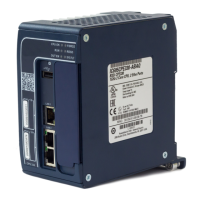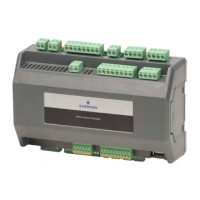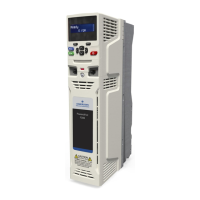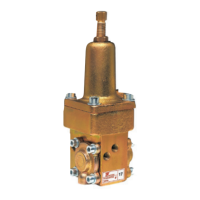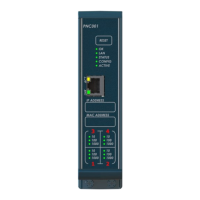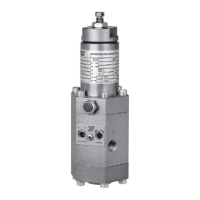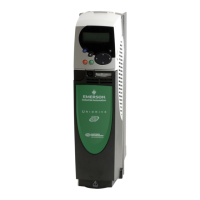User Manual Section 7
GFK-2958L May 2021
Earthing and shielding 417
are installed in metallic, earthed housings and the connecting lines are equipped with
shielding.
In general, it can be said that interference from cables can be combated by routing cables
as far away as possible from each other, keeping the common return as short as possible
and using twisted-pair wire. Far better protection, however, is provided by completely
shielding of all cables. This is the most effective measure that can be taken against the
coupling of interference signals.
The best type of shielding consists of a braided mesh sleeve that uses individual wires made
of non-magnetic materials (copper, aluminum). The braided mesh should be sufficiently
large and be as thick as possible. For cables that are equipped with foil shields, it is necessary
to be aware of the low mechanical strength and the low current-carrying capacity of the
shielding.
7.1.2 Proper Use of Shielded Cables
The shielding of cables will only result in the desired effect if this is implemented properly.
Incorrect earthing or the use of improper components that perform their task inadequately
reduces or even eliminates the effect. Placing the shielding at any spot on the earth
potential will not suffice, as this earth connection may have no effect on high frequencies.
In addition, ground loops must also be taken into consideration. Furthermore, the shielding
should be earthed over a large surface area. Beyond that, the quality of the shield conductor
and earthing accessories is also important.
In practice, the shield is still often twisted and connected to a terminal point. There is very
high attenuation (voltage drop) on these connections, especially for high-frequency
interference. Therefore, this type of shielding should not be used, even for short cable
lengths. The shielding of the cable is practically negated and can, at best, be helpful for low
frequency interference. We recommend that there is a large amount of surface contact with
the braided shield of the cable.
There are generally four distinct types of coupling:
•
Galvanic coupling
•
Capacitive coupling
•
Inductive coupling
•
Radiation coupling
These types of interference usually occur mixed together, but they can be categorized as
follows:
•
Electromagnetic fields
•
Ripple voltage (50 Hz)
•
Lightning
•
Interference pulses (current, voltage)
•
Transient surge voltages
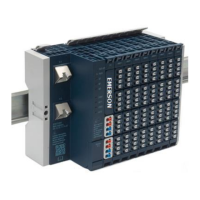
